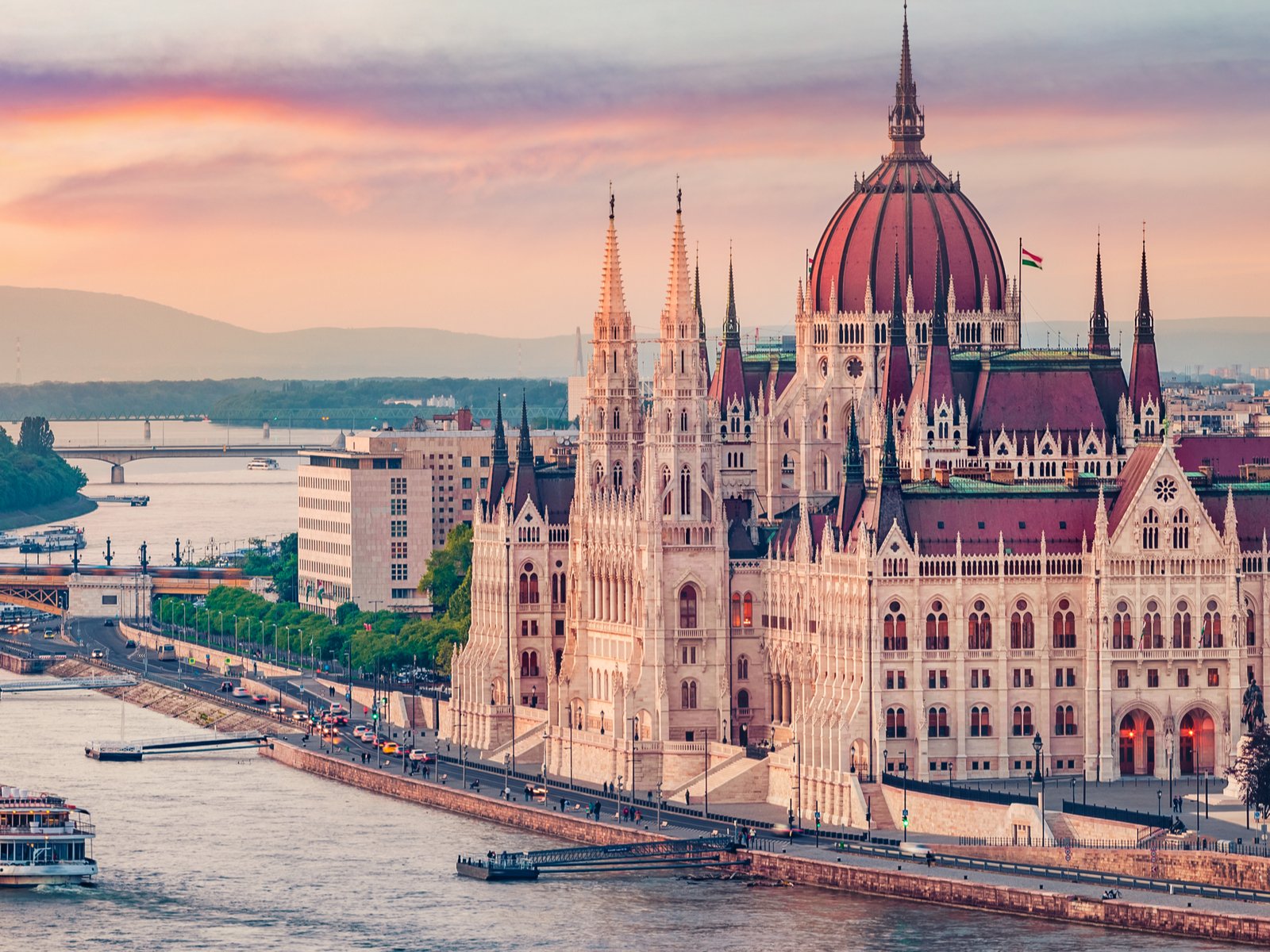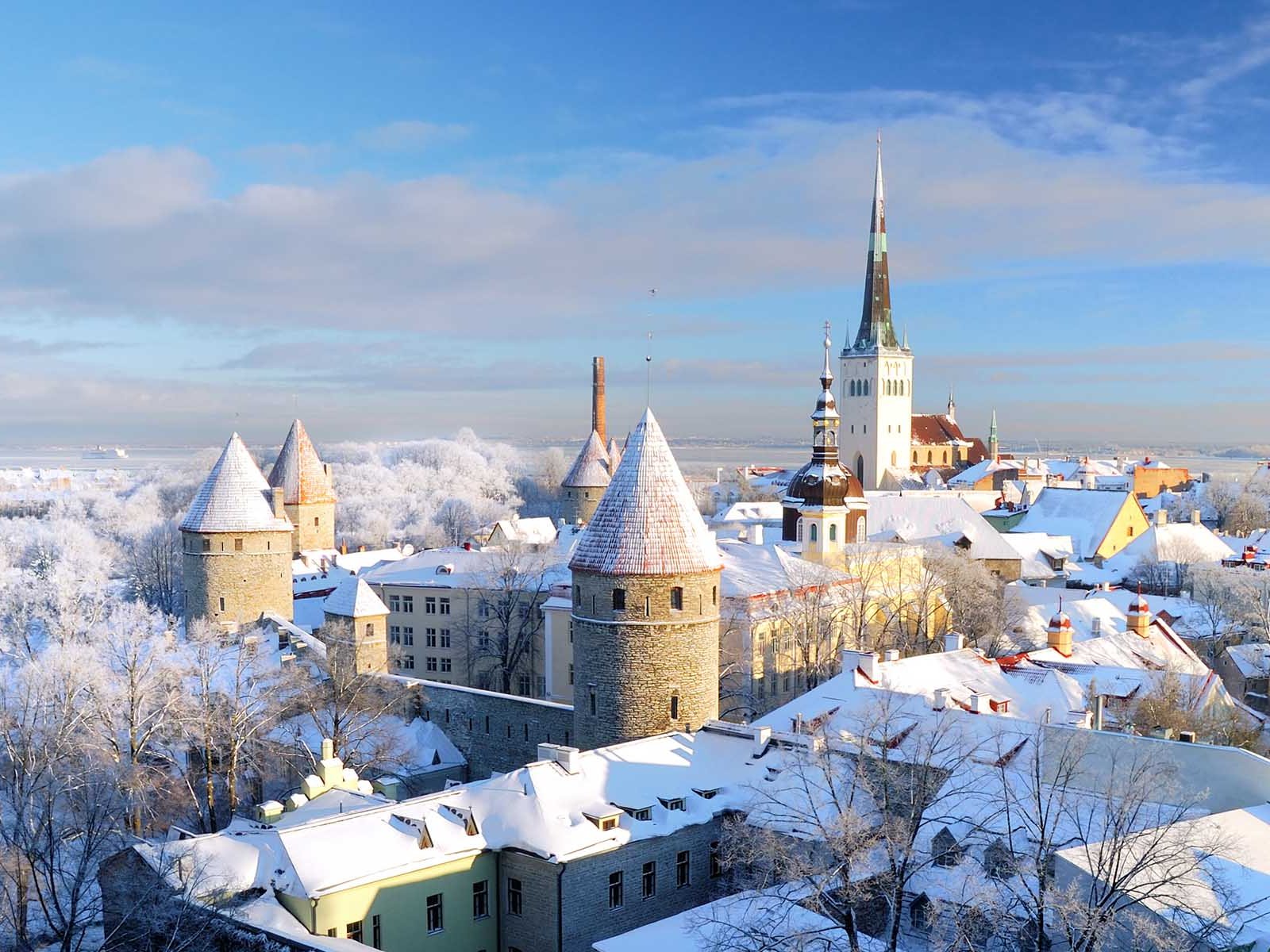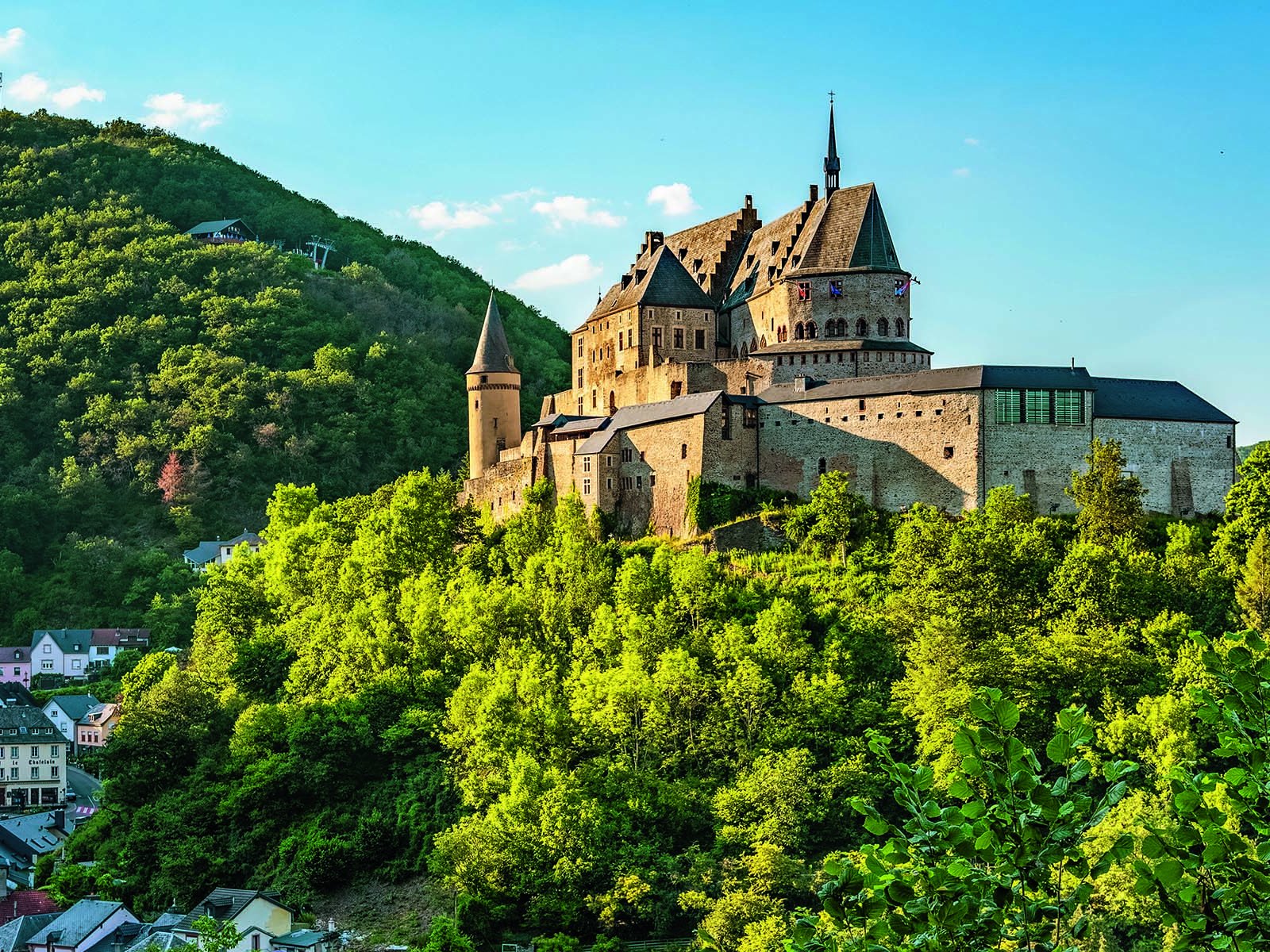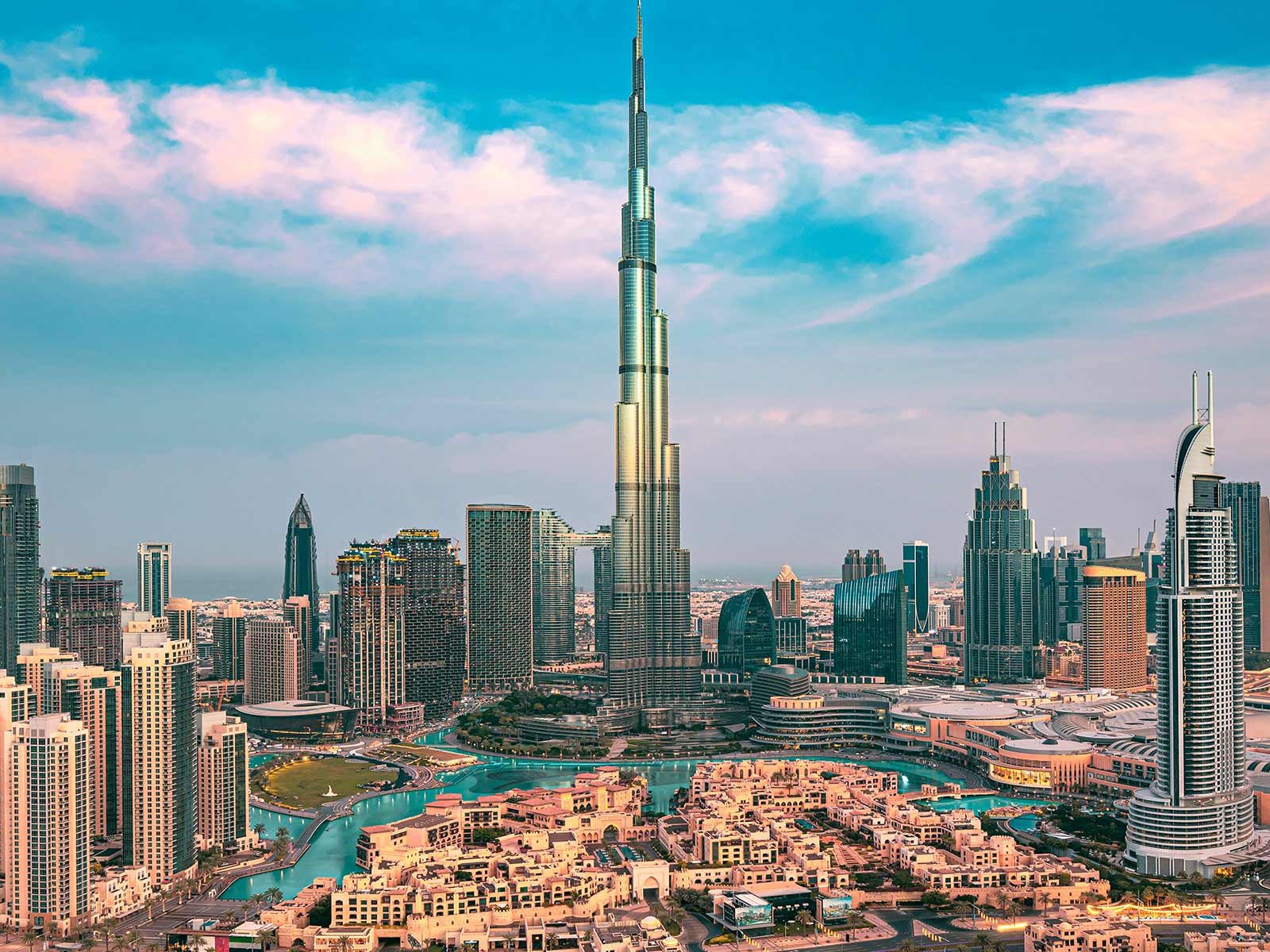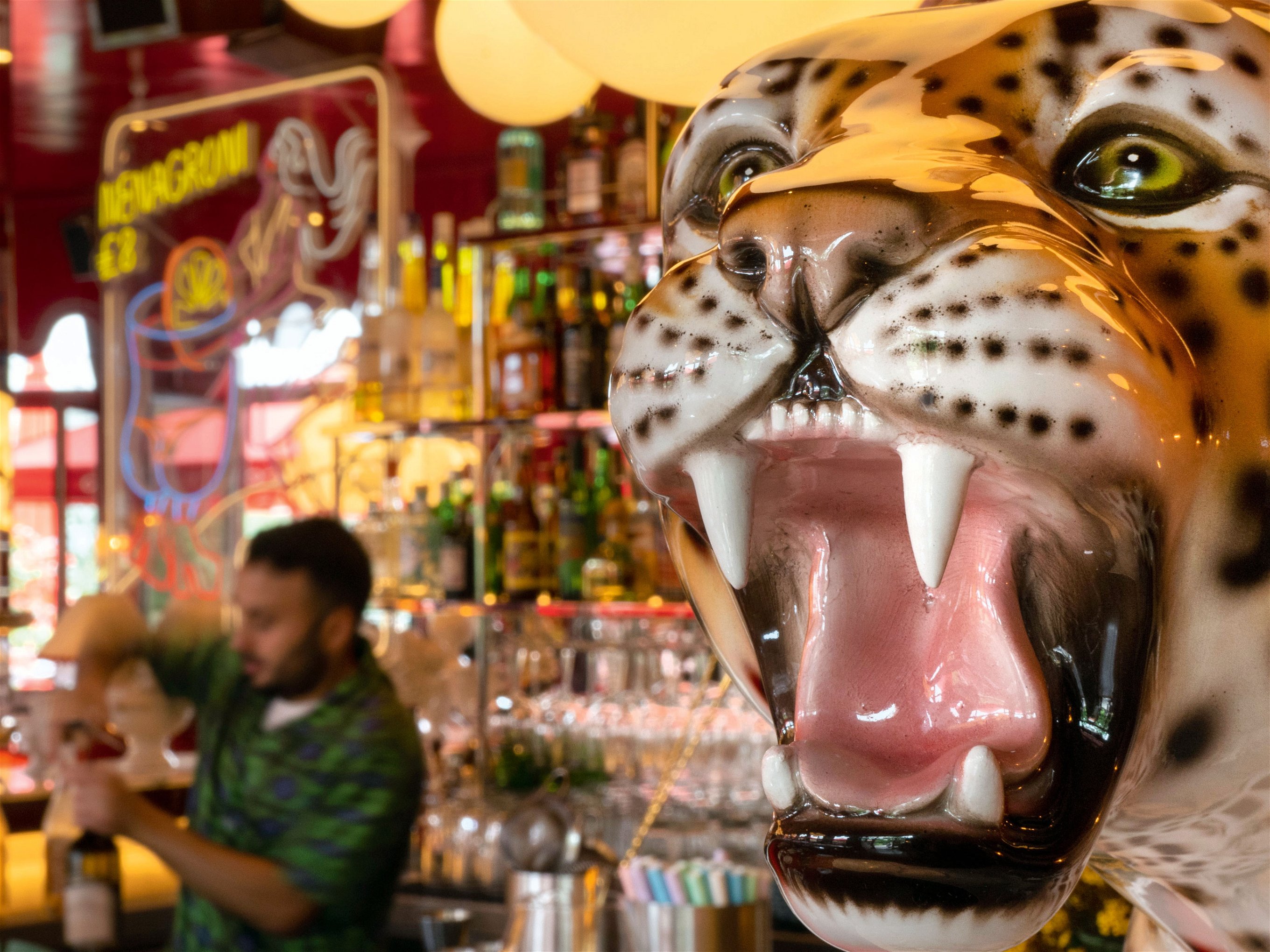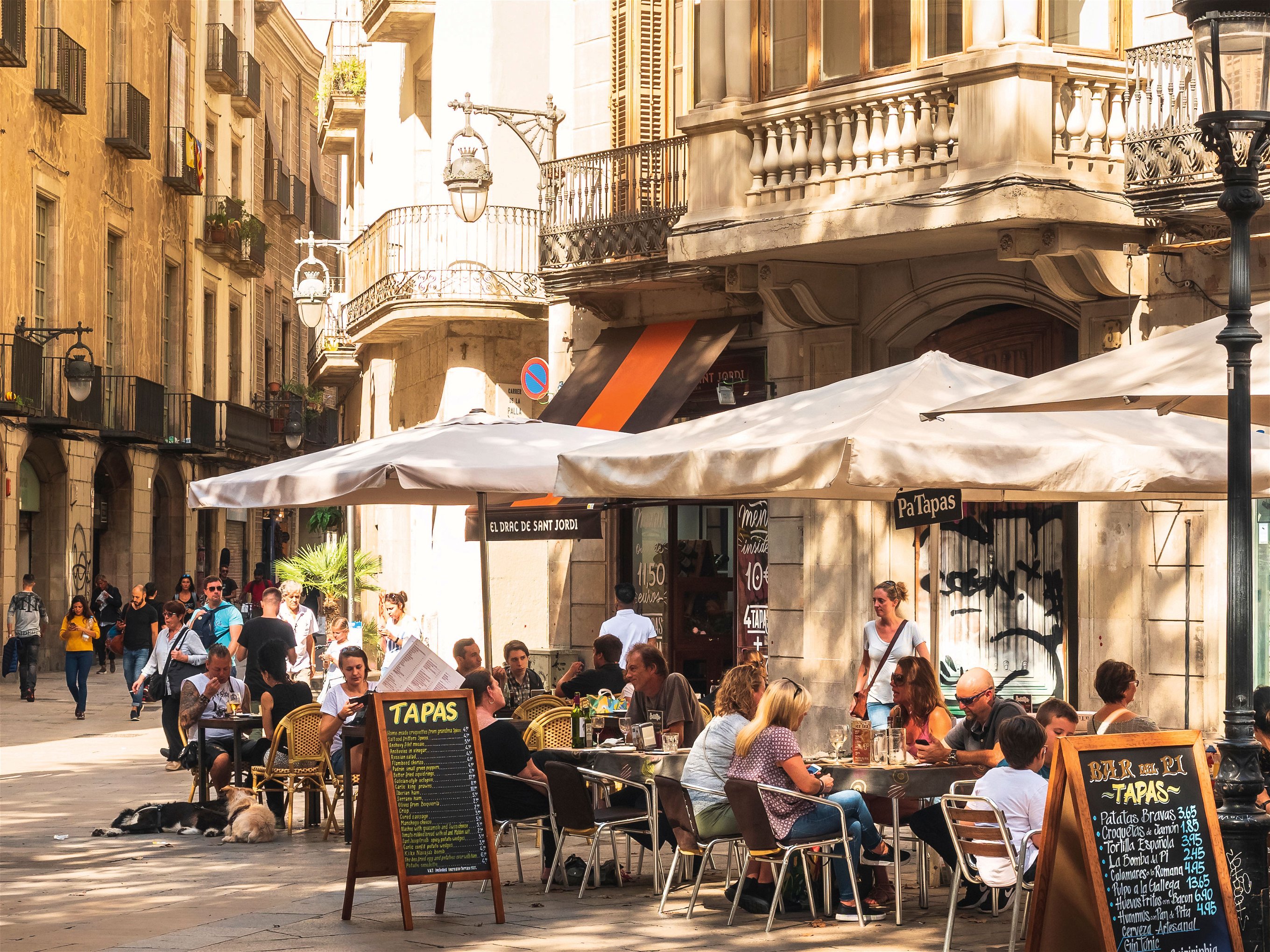A Douro Cruise Guide for Wine Lovers
The Douro River is a natural guide to so many varied wine regions of northern Iberia. From famous names and big reds to rising stars and aromatic whites, here are seven highlights to explore.
1. Ribera del Duero
After rising right on the border between Rioja and Castilla y Léon, high in the Picos de Urbión, the Douro's (Duero in Spanish) first major wine region is the aptly named Ribera del Duero. This high, arid plateau, prone to both severe frost and intense heat, is not an obviously inviting place to produce anything, never mind some of the world’s great red wines. Although grapes have been cultivated here alongside the delicious local lamb for hundreds of years, it was the high ambition of first Vega Sicilia and then Pesquera that really put Ribera del Duero on the world wine map. Both names remain highly sought after, but today there are plenty of others to discover: Aalto, Viña Mayor and Bodegas Bohórquez to name just a few.
Although the official Ribera del Duero region stretches 115km to the east of Valladolid, many of the top names congregate in the 40km section between Peñafiel and Tudela de Duero. Similarly to Rioja, Tempranillo – known locally as Tinto Fino – is king here and long maturation in oak is standard. At the top end, expect powerfully decadent wines that demand both time and deep pockets. For fabulous wines with Michelin-starred hospitality to match, visit Abadia Retuerta in Sardón de Duero.
2. Rueda
After a visit to Ribera del Duero, there’s a chance you may be craving unoaked, zesty, white refreshment. It’s hard to believe such a contrast is available just a few kilometres away, but sure enough, just to the south-west of Valladolid there lies the wine region of Rueda. Here the Verdejo grape produces the sort of crisp, gently aromatic whites that should be on the list of any Sauvignon Blanc fan seeking to branch out. Indeed, there’s plenty of Sauvignon Blanc planted here too.
While Rueda has found commercial success with relatively cheap, crisp, modern whites, it’s worth seeking out some of the producers here who aspire to more distinctive, distinguished expressions. Ossian shows what Verdejo can achieve from ancient, pre-phylloxera vines with careful oak maturation. Meanwhile Telmo Rodriguez is just one of many Riojan producers inspired to make wine here in Rueda too. His El Transistor label captures all the vibrancy of Verdejo but with an added complexity and mineral streak that raises this wine well above the simple refreshment category.
3. Toro
As the Douro continues its westward flow, you pass from Rueda directly into the neighbouring region of Toro. There have been vines here since Roman times and Christopher Columbus is said to have taken Toro’s robust, long-living wines on his voyage to the New World. Even the name, translating as “bull”, is redolent of muscular power and the wines certainly live up to it.
Rich, ripe, dark expressions of Tinta de Toro, the local name for Tempranillo, are synonymous with Toro. At times the results can be too heady and rustic, but the best producers here harness that power into a more structured, stylish form. Their mission is supported by the presence of many very old vines, often planted at higher altitude to provide some relief from the searing, dry summer heat.
These harsh, boulder-strewn vineyards have attracted some big names in recent decades. Luxury giant LVMH owns Bodega Numanthia here on the left bank of the Douro, while the dawn of the millennium saw Ribera del Duero star Vega Sicilia establish its own base, Pintia, on the right bank.
For an earlier drinking, more budget friendly option that is – by Toro standards – fairly restrained, seek out the Tempranillo from Hermanos Lurton. Yes, that’s another international name drawn to this corner of Spain, this time in the form of François Lurton, a family with impeccable Bordeaux credentials.
4. Zamora, Arribes & Tras Os Montes
The city of Zamora may lie some way off Spain’s most popular tourist trails, but it’s well worth a visit. Nowhere else in the country has a larger, finer array of Romanesque architecture, which is at its most atmospheric during the city’s Holy Week processions. There’s also a wine region here, the Tierra del Vino de Zamora, boasting just nine producers and a similar style to that found in Toro. Bodegas Viñas del Cénit sets the benchmark for quality here.
From Zamora, the Douro meanders west until it forms a 112km stretch of border with Portugal. Expect breath-taking views across steep granite and schist canyons. You might well be tempted to nip across the frontier into Portugal’s Tras Os Montes wine region. If so, be sure to linger in the beautifully named Mirando do Douro, home to a magnificent 16th century cathedral and even its own officially recognised language, Mirandese.
Meanwhile, running along the Spanish side of the river is the wine region of Arribes, home to an intriguing clutch of little known grape varieties, most notably Juán Garcia, Rufete, Tinta Madrid, Bruñal and Bastardillo Chico. There are also some white wines here, dominated by the aromatic Malvasia.
Staying on the Spanish side just a moment longer, it’s well worth taking a short detour up the Douro’s River Tormes tributary to the historic city of Salamanca. On the outskirts lies Hacienda Zorita, a former Dominican monastery that is now a luxurious hotel, complete with SlowFood accredited restaurant serving its own Arribes wines and in-house farm produce, most notably that greatest of Spanish delicacies, pata negra ham.
6. Porto
In the past, wine barrels would have been transported by flat bottomed rabelo boats along perilous, rocky rapids from the Cima Corgo down to Oporto. Here on the cooler coast, they would mature in warehouses before being shipped around the world. Those elegant rabelos can still be seen in action today, although generally deployed for the more leisurely task of tourist boat rides.
Despite the arrival of modern transport links and temperature control systems, Oporto is still a city very obviously dominated by the port trade. As you sip your wine or tuck into a(nother) pasteis de nata, gaze across the river to Vila Nova de Gaia, packed with port lodges all proudly displaying their famous names. It’s time to cross over the Luis I bridge, designed by Gustave Eiffel, and dive into some tasting tours.
Many houses now take their hospitality extremely seriously. Tuck into the impressive food and views at Vinum, part of Graham’s lodge, then check into luxury hotel The Yeatman, home to a two-Michelin-starred restaurant and part of the same family-owned group as Taylor’s port. Just down the hill from there lies WOW, or World Of Wine, a wine experience, museum, cultural hub and urban regeneration project all rolled into one.
After that educational diversion, head back into downtown Porto and take a final stroll along the river until both you and it end a long journey at the Atlantic coast. Take a seat on the beachside terrace at Praia da Luz and sip a cocktail, perhaps a refreshing white port and tonic, as the sun sets over the waves.
5. Douro
As you move firmly at last into Portugal, the river shares its English name with the wine region that that now looms up ahead. Inextricably linked with the great fortified wine that is port, since the 1990s the Douro has also seen an exciting rise in unfortified styles. If you haven’t yet encountered these you’re in for a real treat. Cool, energetic, mineral whites sit alongside ripe yet structured reds, redolent with mountain herbs and a granitic streak. These are wines clearly shaped by their mountain environment, a wonderfully dramatic place best admired from a boat rather than the winding, precipitous local roads.
Many producers source grapes from the hot, arid Douro Superior, but the heartbeat of the Douro wine region can be found in its middle section, known as the Cima Corgo. Here, dotted around the small, scenic town of Pinhão lie some of the great, historic quintas.
Visit port producer Dow’s Quinta do Bomfim to immerse yourself in the history of this region, take a stroll through the vines and, of course, taste their produce. Stay at the charming Quinta de la Rosa with its steep vineyard terraces or head further downstream to Quinta do Crasto with its irresistible infinity pool overlooking the valley. Both these estates produce port but have a particularly successful slant towards Douro table wines. As with the region’s fortified styles, these wines deploy the region’s many local, charismatic grape varieties in a skilled blending process. Touriga Nacional for red and Rabigato for white are two particularly classy varieties to look out for but there are plenty more.


